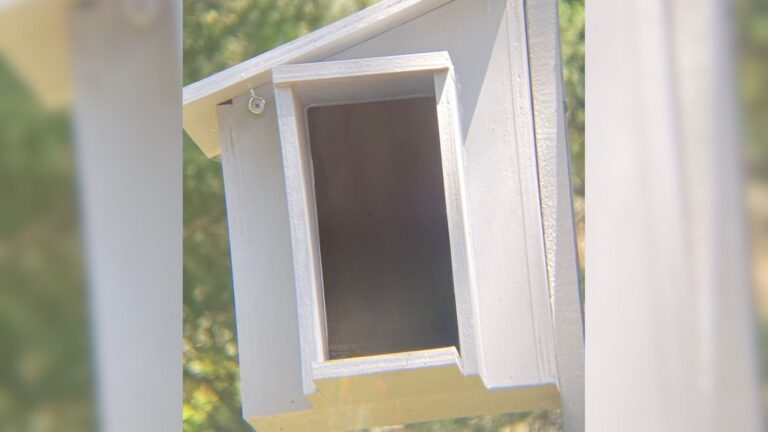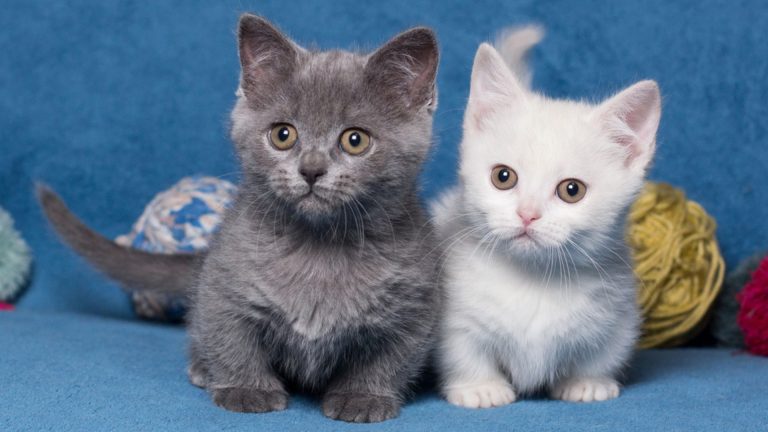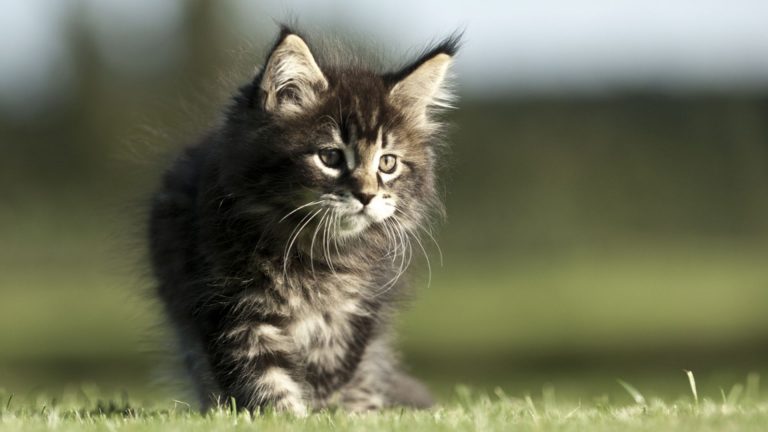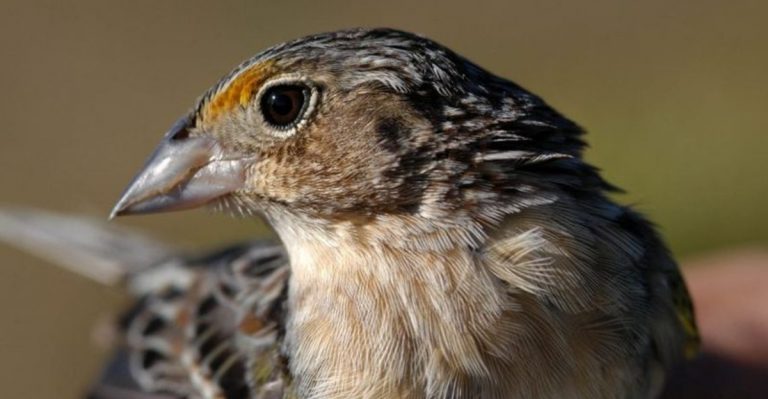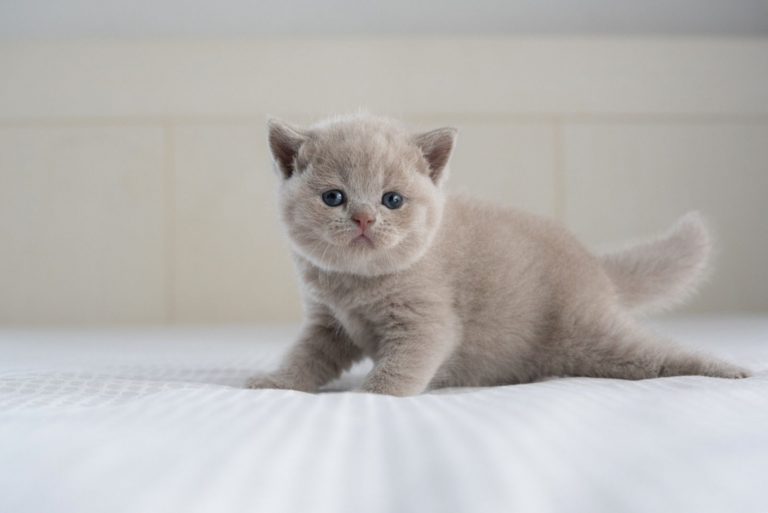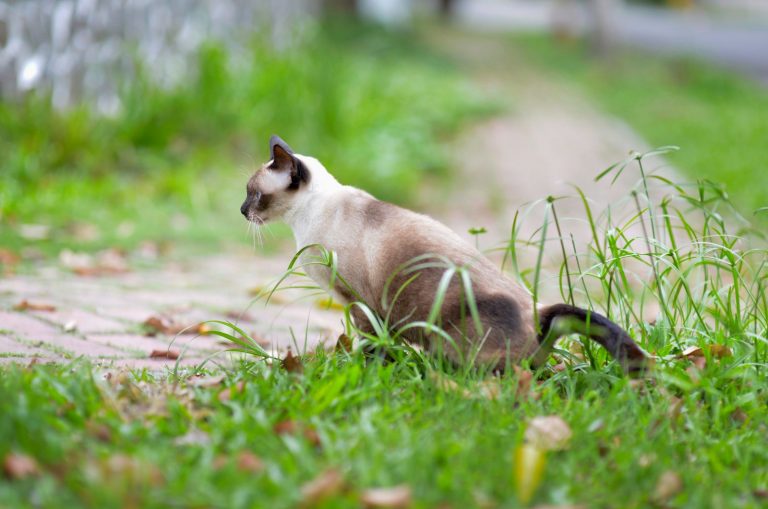Cat Stuffy Nose – All You Need To Know!
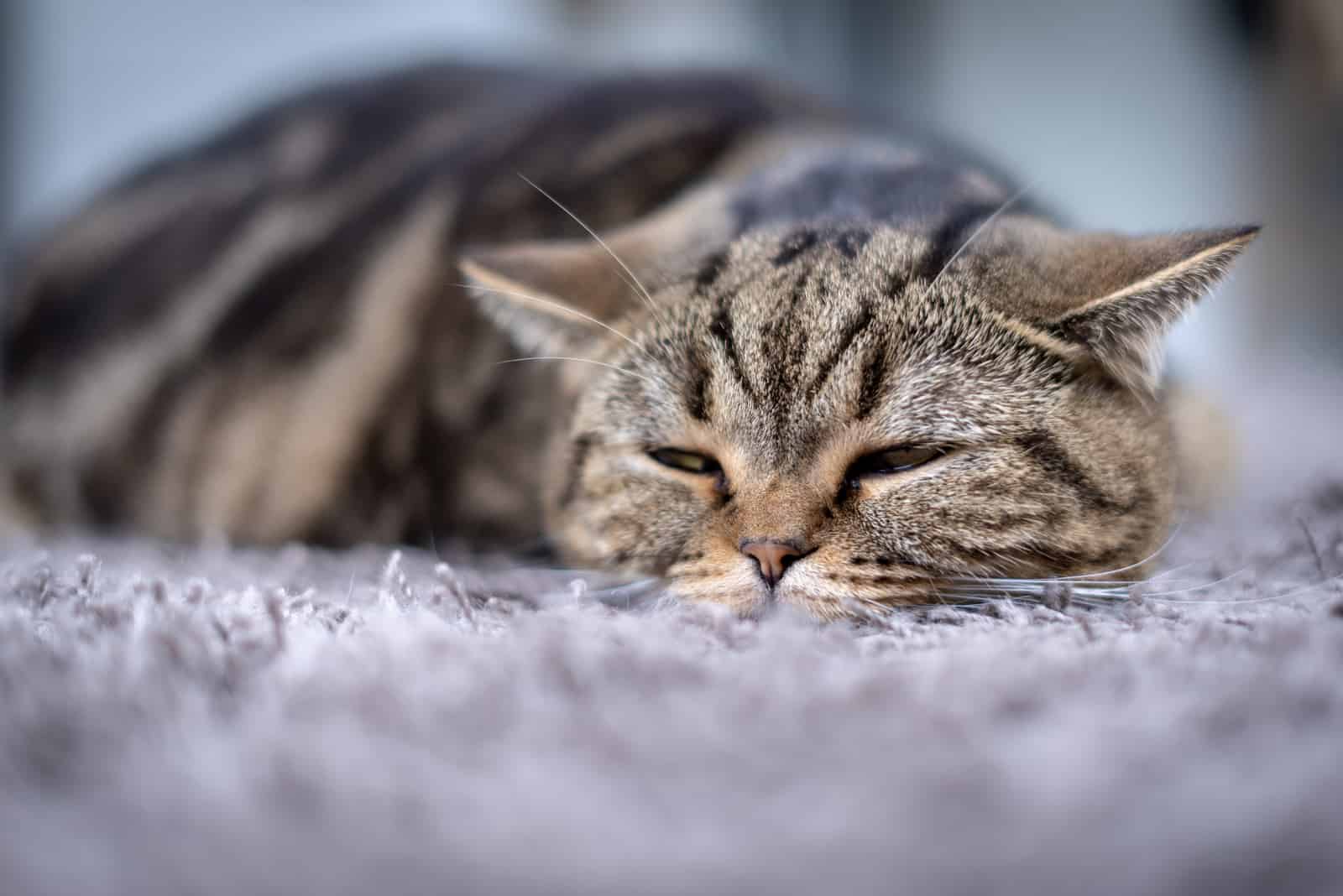
Cat colds are quite common, so it is not that unusual for a cat to have a stuffy nose as well.
Cat owners tend to worry about it as it can seem unusual, especially when it happens for the first time. If your cat sniffles, snores, or even purrs louder than usual, this is manageable. However, in severe cases, they might have difficulty breathing and experience more worrying symptoms.
I have researched all about cat stuffy nose issues, what causes this and how to help. So if you want to transform your cat’s stuffy nose into a runny nose, scroll down and learn how to do it.
Cat Stuffy Nose – Common Causes & Symptoms
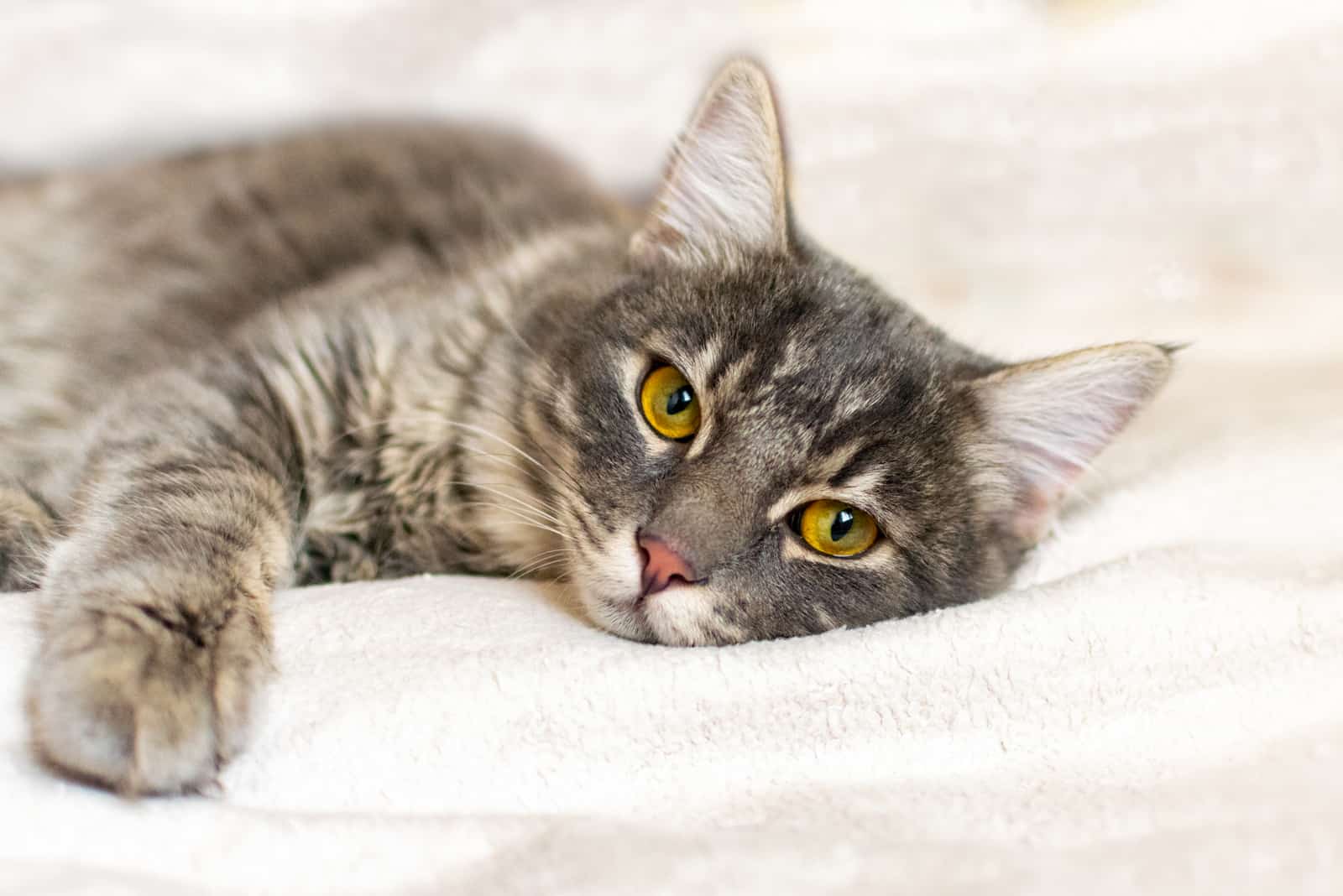
Common causes for a cat’s stuffy nose include: feline upper respiratory infections and feline rhinitis, which are further divided into the viruses or bacterial infections that cause them.
It is quite common for a cat to have a stuffy nose, and for respiratory infections to occur. There are different infections which cause infection, and if not dealt with, they can impact a cats’ health badly.
Infections that affect a cat’s nose can occur in the lower or upper regions of the respiratory tract. The lower region includes the lungs, trachea, and bronchi.
Symptoms of lower respiratory tract infections include coughing, difficult and rapid breathing, lethargy, and weight loss.
The upper region includes the larynx, pharynx (back of the nasal and oral cavity), oral cavity, sinuses, and nasal passages.
Symptoms of upper respiratory tract infections include mouth ulcers, lethargy, watery eyes, discharge from the nose and eyes, sneezing, coughing, swollen mucous membranes, weight loss, sometimes even difficulty breathing.
Feline Upper Respiratory Infections
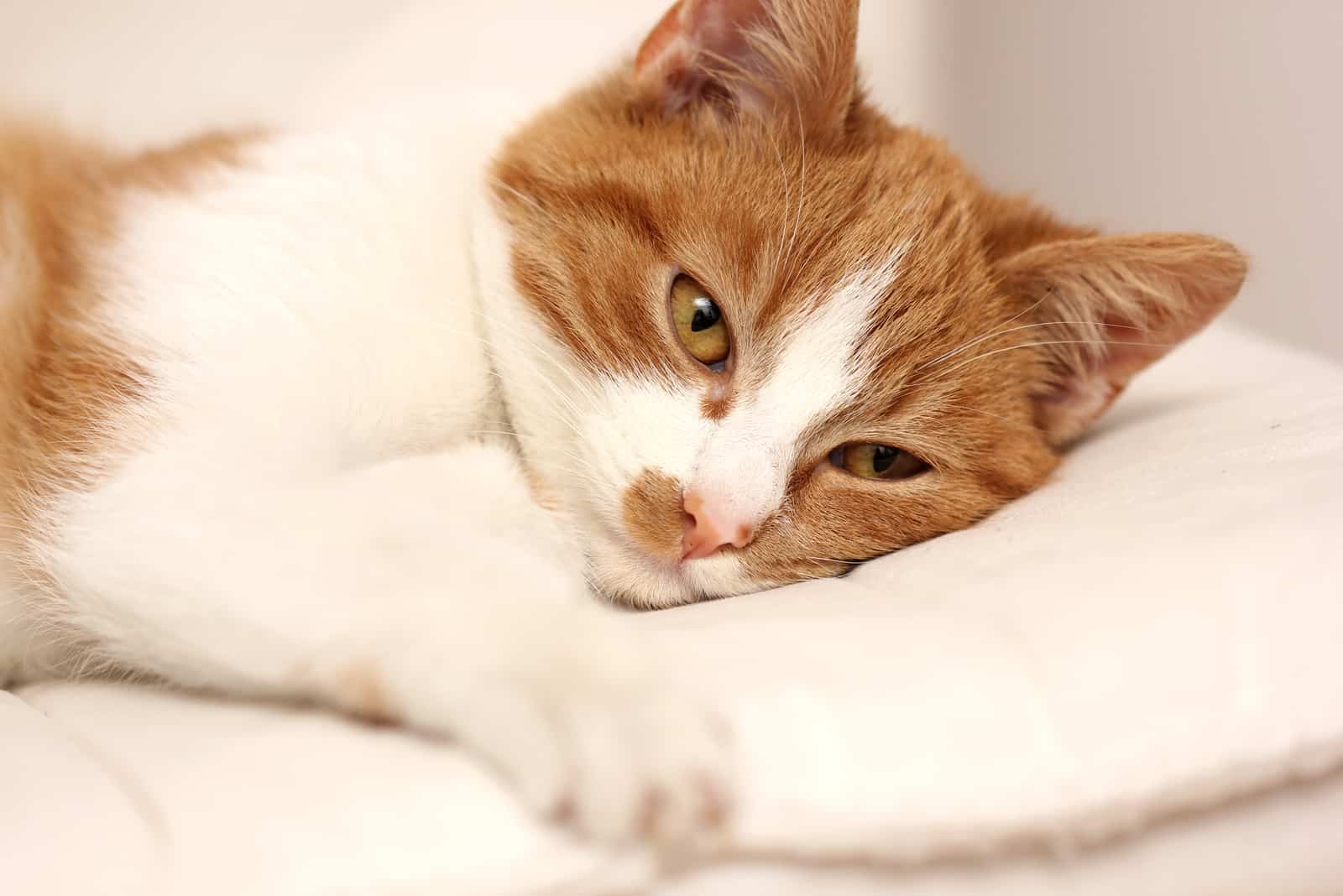
An upper respiratory infection in cats is quite common, and the symptoms are similar to human cold symptoms. If your cat has a stuffy nose, they are likely to have an upper respiratory infection.
A URI can be caused by several bacteria or viruses which can infect your cat’s throat, nose, or sinuses. When your cat has a URI, their immune system sends a message by producing too much mucous and the upper airways get clogged and inflamed.
Common causes of upper respiratory infections:
• Fungal Infections
• Feline Calicivirus
• Feline Herpesvirus
• Feline Chlamydiosis
• Bordetella Bronchiseptica
1. Fungal Infections
There are several different fungi that can cause respiratory issues in cats. Most commonly, the fungi that causes respiratory diseases in cats is Cryptococcus neoformans.
Cats who have inhaled fungal spores come into contact with C. neoformans and this infection stays in the nose, and can then spread to other body parts, usually to the lower respiratory tract, or even to the central nervous system.
Cryptococcus neoformans is present in bird feces and decaying plants, all of which can be a danger zone for cats. Outdoor cats are at a higher risk than indoor cats.
Symptoms:
• facial or nasal swelling
• sneezing
• chronic nasal discharge (bloody discharge)
• non healing wounds in throat and nose
Cats that have a fungal infection will snore, and breathe loudly, and they will in some cases lose weight. If the infection affects their lungs, cats might experience difficult or rapid breathing.
Diagnosis & Treatment
The vet will conduct blood tests, or examine your cat’s nasal discharge using a microscope. They might even recommend doing an x-ray, or CT scan, or an MRI, to see how deep the fungal infection has spread.
After thorough examination, your vet will prescribe the best treatment options.
It is always best to diagnose and treat fungal infections in their early stage, and you might have to be patient during the treatment process as it can take months, depending on the severity of the case.
2. Feline Calicivirus
Feline Calicivirus is a common virus that affects cats and it is highly contagious. Almost all cats that live in large groups are infected by this virus.
Vaccination against this virus is always recommended; it does not protect your cat 100% but it works wonders in preventing feline calicivirus infection and reducing the risk of it becoming severe.
Symptoms:
Cats with feline calicivirus usually show similar symptoms to those of the upper respiratory infection mentioned above. However, this virus can spread to the lower region too, and can cause pneumonia.
Calicivirus often causes hair loss on paw pads, and swelling of the head and limbs.
Diagnosis & Treatment
The vet will conduct blood tests or inspect samples taken from your cat’s eyelids or mouth to diagnose the problem. You will need to take good care of your feline friend, providing sufficient hydration and nutrition. It will probably be difficult for your cat to eat or drink, due to the wounds in their mouth.
Also, a stuffy nose will block them from smelling the delicious food and so they may not have much appetite. You can use nasal sprays or drugs that will clear the congestion, or your vet might even recommend a feeding tube while your cat’s mouth heals.
3. Feline Herpesvirus

Younger cats are at higher risk of feline herpesvirus than adult cats. Almost all cats are exposed to this virus during their lifetime.
This is similar to the human herpesvirus; it is a lifelong disease and it will emerge when a cat is stressed.
Symptoms:
Symptoms can be similar to the symptoms of upper respiratory diseases, or fever, and there may be ulcers on the cat’s cornea.
Diagnosis & Treatment
The vet will do diagnostic tests, such as PCR (polymerase chain reaction), which will reveal any viruses, and they will be able to detect herpes from clinical samples. Afterwards, your vet will prescribe the best treatment option, depending on the severity of your cat’s case.
In some cases, nasal decongestants, antiviral meds, systemic antibiotics, or corticosteroids may help. Your vet will prescribe some of these, however, a vaccine is always recommended in order to prevent severe cases of feline herpesvirus.
No matter what medicines your vet has prescribed, it is crucial that you reduce stress for your cat. Stress can worsen the herpesvirus, so keep that in mind.
4. Feline Chlamydiosis
Feline Chlamydiosis is an infection caused by a bacteria (chlamydia felis) which can only live inside of its host. Cats usually catch it through the eye.
This is more common in younger cats, or cats that are living with large groups of cats, in shelters, or breeding catteries.
Symptoms:
Cats that are infected with chlamydiosis usually develop conjunctivitis. They will have eye discharge; clear at first, and then yellowish with mucous. Some rarer symptoms might include loss of appetite and lethargy.
Diagnosis & Treatment
The veterinarian will do a PCR test in order to identify chlamydiosis from your cat’s eye swabs. They will usually prescribe antibiotics, which are usually an effective treatment.
5. Bordetella Bronchiseptica
Bordetella bronchiseptica is a bacteria that affects cats which live in large groups, and it affects their upper respiratory tract.
The infection will spread through nasal and oral discharge; cats can even get it from dogs, and (in some rare situations) humans can catch it too.
Symptoms:
Symptoms may vary from mild to more severe. They can include sneezing, coughing, eye discharge, difficult breathing, cyanosis, or, in more severe cases, even death.
More severe symptoms generally occur in younger cats, but they can happen in older cats as well.
Diagnosis & Treatment
The vet will take a sample to grow the bordetella bronchiseptica in the lab, or use a PCR test to detect it. They will then probably prescribe antibiotic therapy for your cat.
Besides that, the right nutrition and sufficient hydration is essential.
Feline Rhinitis
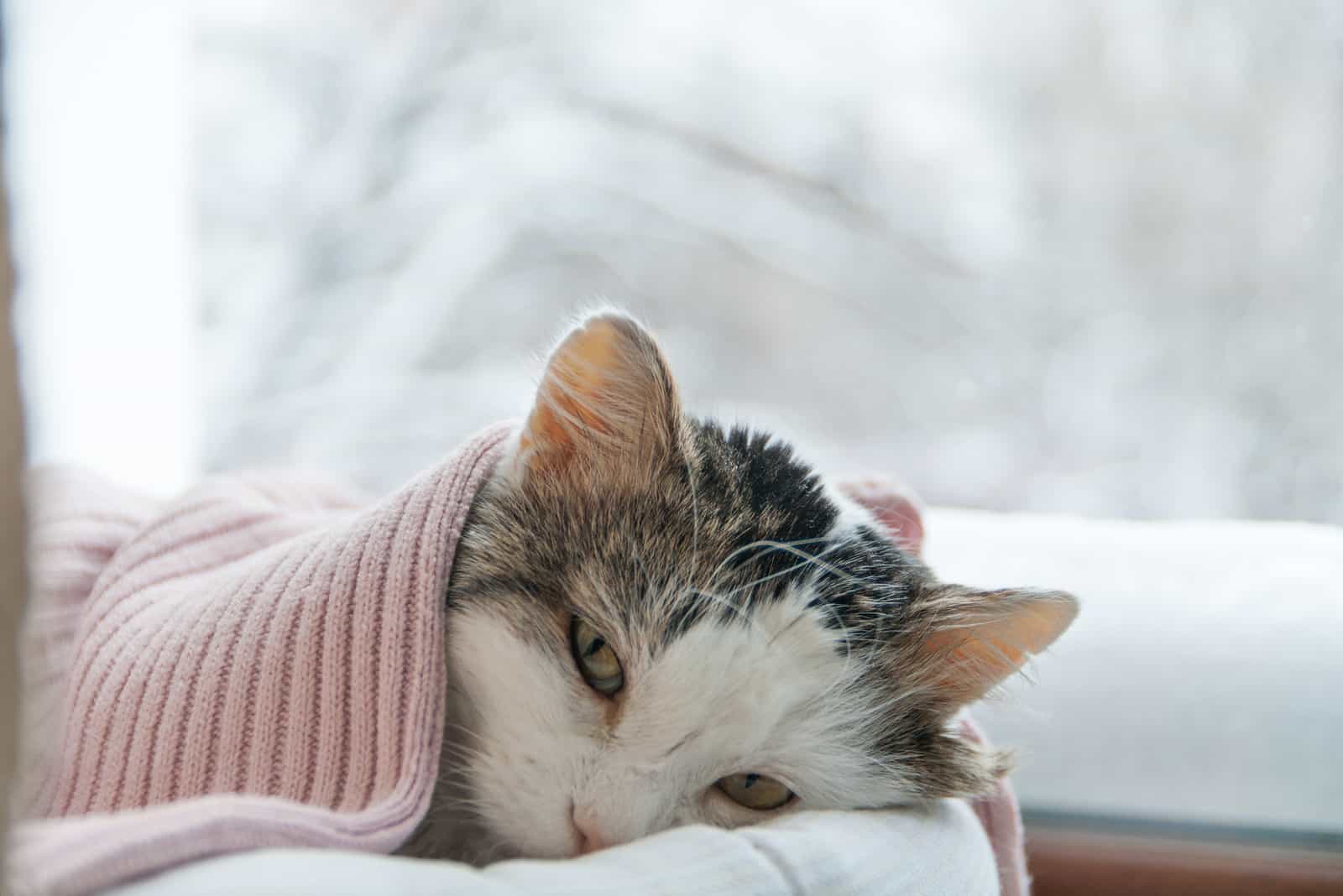
A cat with a stuffy nose is nothing new. It is, in fact, quite common for a cat to have a stuffy nose, and it is usually caused by feline rhinitis. Feline rhinitis is a condition in which a cat’s mucous membranes become inflamed. This makes it difficult for your cat to breathe, and it is uncomfortable.
Your cat is unable to smell the cat food, they become lethargic, playtime is no longer fun, and it may even be hard to sleep. Feline rhinitis can be present for a few weeks and then the nose will unclog, or it can be a lifelong condition.
Causes:
• Secondary Bacterial Infections (come as secondary to viral infections)
• Fungal Infections
• Foreign Bodies
• Anatomical Deformity (e.g. cleft palate)
• Dental Infections or Diseases
• Allergies
• Inflammatory Polyps (growths in cat’s nasal passages)
• Neoplaysia (cancer)
Symptoms:
• nasal discharge
• appetite loss
• sneezing
• pawing at the face
•bad airflow
• mouth breathing
• difficulty breathing
Diagnosis & Treatment
You will first need to schedule a physical examination at your vet’s surgery. The vet will probably need to put your cat under anesthesia to perform a rhinoscopy or a nasal wash, so they can successfully collect cell samples.
After the vet finds the cause for your cat’s rhinitis, they will prescribe treatment. Determining the treatment depends on the cause of rhinitis.
Possible Medical Treatments:
• antibiotics
• antifungal meds
• intravenous fluids & food supplements
• corticosteroids
• nasal flush
• surgery
At Home Treatments
At home treatments include using air humidifiers to prevent the air from drying out and keep your cat’s nasal passages clear. Warm, moist air helps your cat’s nose to remain open so they can breathe normally.
You can also clean your cat’s face with a warm washcloth and wipe any mucous away from their nose and face. Always make sure your cat is warm and cozy.
Another thing you can do is warm your cat’s food so they can smell it more easily, since cats that have rhinitis are unable to smell their food so they tend to lose their appetite. If you heat it up and stir it a bit, the smell may stimulate your cat’s appetite and they will come over drooling for it.
Q & A

How can I help my cat with a stuffy nose?
You can help by wiping their nose and face with a warm cloth. Before you do anything else, be sure to go to the vet so they can determine the cause of your cat’s stuffy nose.
Why does my cat’s nose sound stuffy?
It is most probably due to an upper respiratory infection. If your cat’s nose sounds stuffy, be sure to go to the veterinary office.
Is there a decongestant for cats?
Yes, there are nasal decongestants for cats. Various decongestants, nasal sprays and drops can be used to help your congested cat, but before you use any of them, consult your vet.
What are the symptoms of a stuffy nose in cats?
There are several symptoms that can accompany a stuffy nose in cats. It depends whether the underlying cause of the cat’s stuffy nose is upper respiratory infection or feline rhinitis.
Symptoms of URIs include mouth ulcers, lethargy, runny eyes, discharge from the nose and eyes, sneezing, coughing, swollen mucous membranes, weight loss, and sometimes even difficulty breathing.
Symptoms of rhinitis include nasal discharge, appetite loss, sneezing, pawing at the face, mouth breathing, and troubled breathing.
How can I improve my cat’s breathing?
Depending on the cause of your cat’s heavy breathing, your vet will prescribe antibiotics or other treatment methods. However, generally speaking, warm and humid air will help keep your cat’s airflow going, and their throat and nose open so they can breathe properly.
What causes a cat to have a stuffy nose?
There are different causes that lie behind a cat’s stuffy nose, which are mostly linked to feline rhinitis or feline upper respiratory infections.
URIs are further divided into fungal or other infections (bacterial or viral), calicivirus, herpesvirus, feline chlamydiosis, and bordetella bronchiseptica.
What is the best way to help a cat with a stuffy nose?
You can help by wiping their nose with a cloth dipped in warm water, or using air humidifiers or vaporizers which can unclog your cat’s nasal passages and keep them open so there is normal airflow.
You can even let your cat into the bathroom while you run a hot shower, as the steam that is created can serve your cat as a humidifier and unclog that stuffy nose. However, before you do anything else, be sure to go to the vet so they can determine the cause of your cat’s stuffy nose.
How often do cats need to sneeze?
Sneezing is a normal occurrence in a cat’s life, and you do not need to worry about it if it happens a few times a day, even a few days in a row is normal.
Final Thoughts
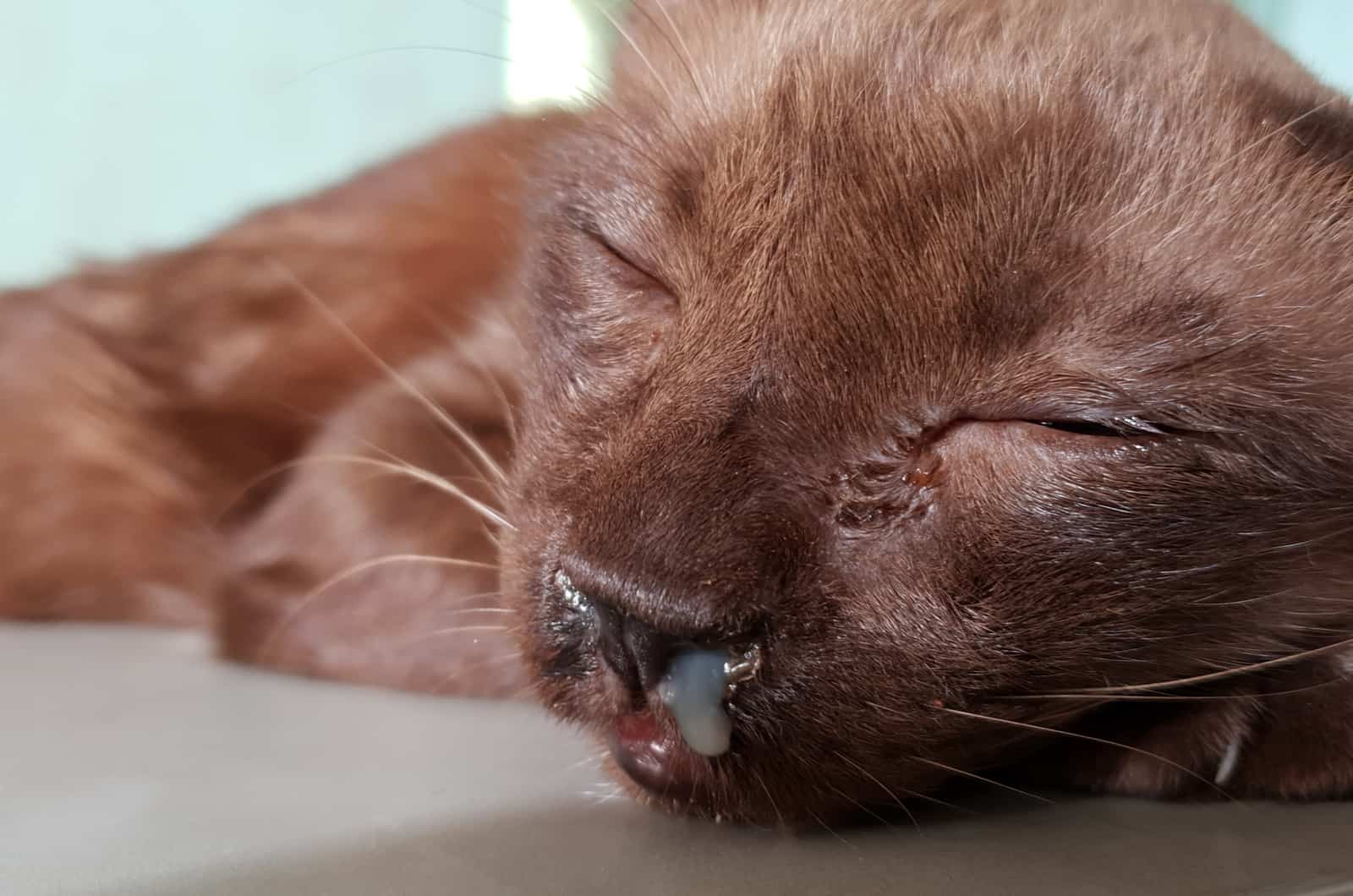
I have researched all about cat stuffy nose, what causes it and how to help with it, and I hope my research has helped you to determine what might be going on with your cat.
There are several potential reasons for a cat stuffy nose, and in most cases the problem is solved without permanent health damage. However, it is always important to react quickly whenever you notice something unusual about your beloved cat.
Early prevention is always the best solution! 🙂 I’m glad you’ve read this article, and I truly hope it helps.
If you liked reading this article, you might also want to check out: 6 Possible Causes Of Cat Coughing With Tongue Out (Explained)

